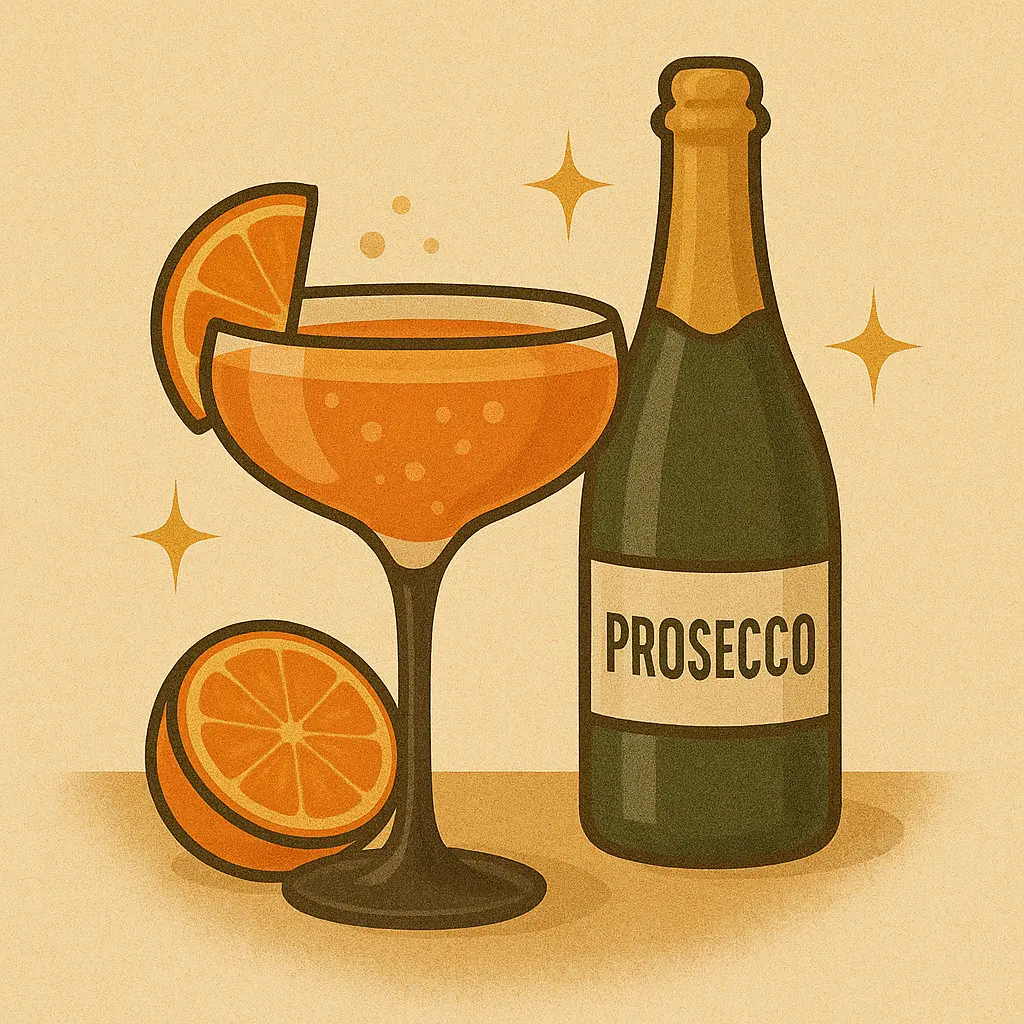
The first Kentucky Mule that hooked me came on a wet game day in Lexington. Cold copper mug. Ginger heat. Bourbon warmth. I remember steam coming off the grill and rain on my jacket. I took one sip and thought, oh wow, this pops. Since then, I’ve made a lot of them at home. Some great. Some… not great. Here’s what stuck.
Want to taste a professional spin before you start mixing, drop by Roosterfish Bar, where the bartenders serve a Kentucky Mule that nails the ginger-to-bourbon snap.
For an even deeper dive into every tweak I’ve tested—and the sips I actually finished—check out my full breakdown of the process in this detailed guide.
The Short Recipe I Trust
I keep it simple and cold. Built right in the mug.
- 2 oz bourbon (Buffalo Trace or Bulleit both work)
- 1/2 oz fresh lime juice (about half a lime)
- 4 to 5 oz very cold ginger beer (Fever-Tree for dry, Bundaberg for sweet, Q for more spice)
- 2 dashes Angostura bitters (optional, but I like it)
- Ice
- Mint and a lime wheel for the look
Steps:
- Chill the copper mug if you can. Fill with ice.
- Add bourbon, then lime, then bitters. Stir 5 seconds.
- Top with ginger beer. Stir once, gentle. Don’t shake. You’ll kill the fizz.
- Slap the mint in your hand, then drop it in. Add a lime wheel.
That’s the base. The ratio feels right: 2 parts bourbon, 1 part sour, 4 to 5 parts bubbly.
What Worked for Me (And What Didn’t)
I tested this a lot. Family cookouts, a Derby day spread, even a Tuesday after work when the sky went orange. Different brands shift the drink more than you’d think.
- Woodford Reserve + Fever-Tree: smooth and clean. Not too sweet. My weeknight favorite.
- Maker’s Mark + Bundaberg: tasted like ginger candy. My aunt loved it. I needed more lime for round two.
- Evan Williams 100 proof + Q Ginger Beer: bold and spicy. I cut the lime to 1/4 oz, or it got too sharp.
- Buffalo Trace + Reed’s Extra: warm ginger bite, great on a cold night.
Ginger beer matters. Ginger ale didn’t work. I tried Canada Dry once—flat and sugary. The mule felt tired before I even sat down.
Ice matters too. Pebble ice from Sonic made a fun slush, but it watered down fast. Big cubes held the line better and kept the snap in the ginger.
For an authoritative take straight from the distilleries themselves, scan the official Kentucky Mule builds from the folks at Maker’s Mark and Woodford Reserve—they’re concise, classic, and a handy reference when you’re tweaking ratios.
Little Tweaks I Keep Reaching For
- Two dashes of Angostura add a clove note. It rounds the edges. I skip it with sweeter ginger beer.
- If the bourbon is high-rye and spicy, I use an extra squeeze of lime. It brightens things.
- Dry ginger beer? A tiny splash of simple syrup helps. Like, 1/4 oz tops.
- Fresh ginger slice tucked along the ice adds a soft kick without extra sugar.
And hey, don’t over-stir. I used to stir like I was trying to fix something. Then I realized I was just knocking out bubbles.
Mistakes I Won’t Repeat
I once used bottled lime juice. Look, I tried to save time. The drink tasted flat and fake. Fresh lime is the heartbeat here.
I also poured warm ginger beer when I was rushing. It foamed up and went dull in minutes. Now I keep a few bottles in the back of the fridge, way in the cold zone.
One more thing: I had a copper mug set with a thin lining that scratched. That metallic taste is no fun. I switched to a food-safe lined set, and the drink got bright again. If I’m at a park with plastic cups? Still fine. But copper stays colder, and yes, the mug frost makes me smile.
Real-Life Serving Notes
For a backyard BBQ, I pre-batch the bourbon and lime in a mason jar. I keep the jar on ice. Then I top each drink with cold ginger beer as I go. No big mess. No flat mixers.
For Derby day, I use crushed ice and extra mint. It leans toward a julep, but keeps the ginger spark. People love the look.
Game night with Bulleit and Fever-Tree was a hit. We ran out of paper straws—those things got soggy anyway—so we went straw-free. The mint still did its job.
You know what? A tiny splash of apple cider in fall makes a cozy, porch swing mule. Not classic, but I reach for it when the air turns.
Taste and Feel
A good Kentucky Mule hits fast: bright lime at the top, ginger heat in the middle, oak and vanilla from the bourbon at the end. It should feel cold and lively. Not syrupy. Not thin. I judge by the second sip—I want the ginger to hug the bourbon, not smother it.
Cost and Bottle Picks
You don’t need a top shelf bottle. Most of my favorites sit around the $25–$40 range:
- Buffalo Trace: round and friendly.
- Bulleit: a little more spice.
- Evan Williams 100 proof: sturdy and budget-friendly; use a touch more ginger beer.
- Woodford Reserve: polished, smooth finish.
For ginger beers I buy often:
- Fever-Tree: drier, crisp, lets the bourbon speak.
- Q: sharper heat, great bubbles.
- Bundaberg: sweet and rich; go easy on any extra sugar.
Quick Troubleshooting
- Too sweet? Add more lime. Or switch to a drier ginger beer.
- Too fiery? Use a softer bourbon and a sweeter ginger beer. Stir once and let it rest a minute.
- Too flat? Chill everything. Stir less. Fresh bottle, always.
If dialing in the perfect drink balance leaves you curious about other kinds of rewarding pairings, consider exploring the world of mutually beneficial relationships—Sugar Daddy Kingston offers a straightforward guide to the sugar-dating scene in Kingston, complete with safety tips, expectation-setting advice, and insider pointers that can help newcomers decide if the arrangement fits their lifestyle.
Final Take
I’ve made this drink for hot July nights, a rainy tailgate, and a slow Sunday while I cooked ribs. The winner stayed the same: 2 oz bourbon, 1/2 oz fresh lime, 4–5 oz very cold ginger beer, ice, and a mint sprig. It’s simple. It’s bright. It’s a little bold, like Kentucky should be.
Mixing a confident cocktail is a lot like sending a confident message—the right balance makes all the difference. If that first sip loosens up your evening and you’re curious about keeping the conversation spicy, swing over to Sexting for Newbies for an approachable, step-by-step primer that shows beginners how to craft playful, respectful sexts and avoid common misfires—so your texts can be as refreshing as your Mule.
Drink water in between, please. And if your mug frosts up and your shoulders drop a bit with that first sip—yeah, that’s the good sign.

